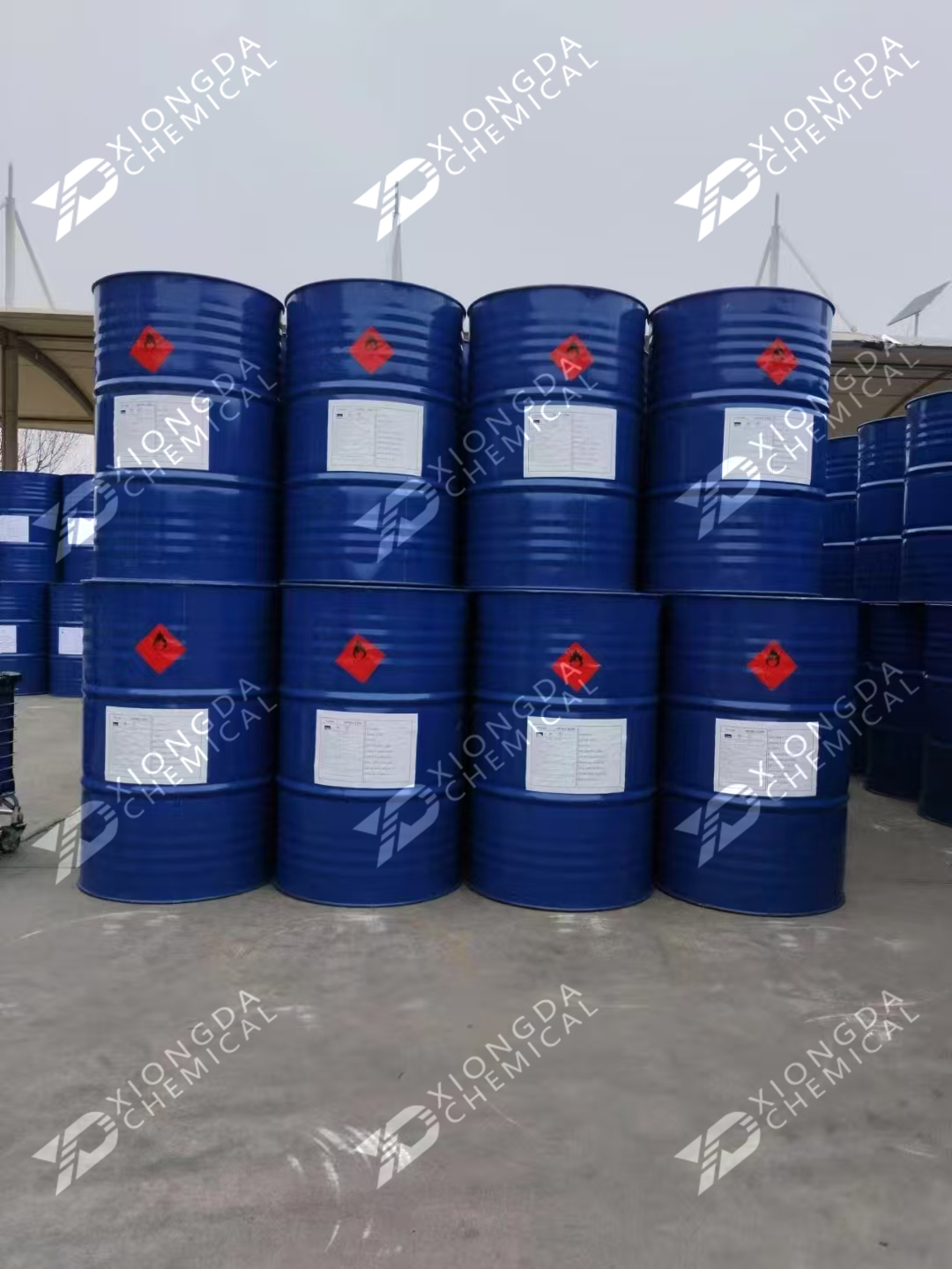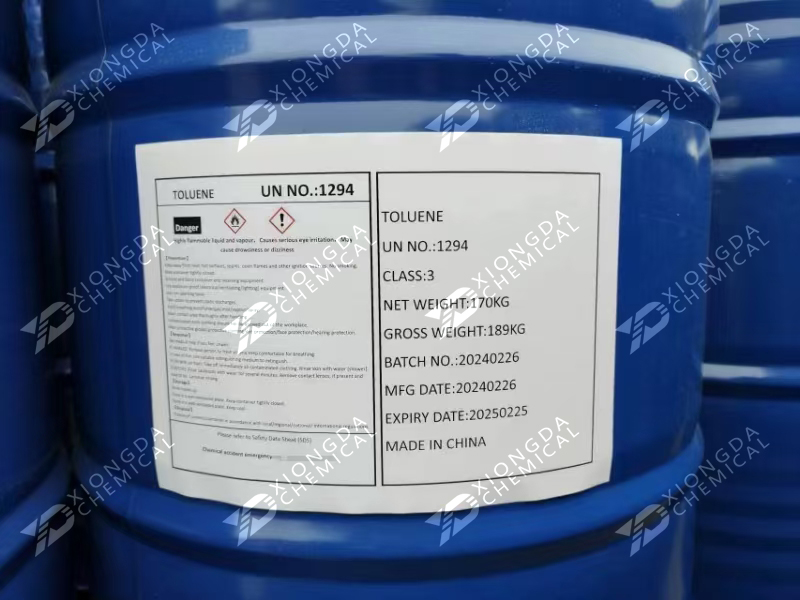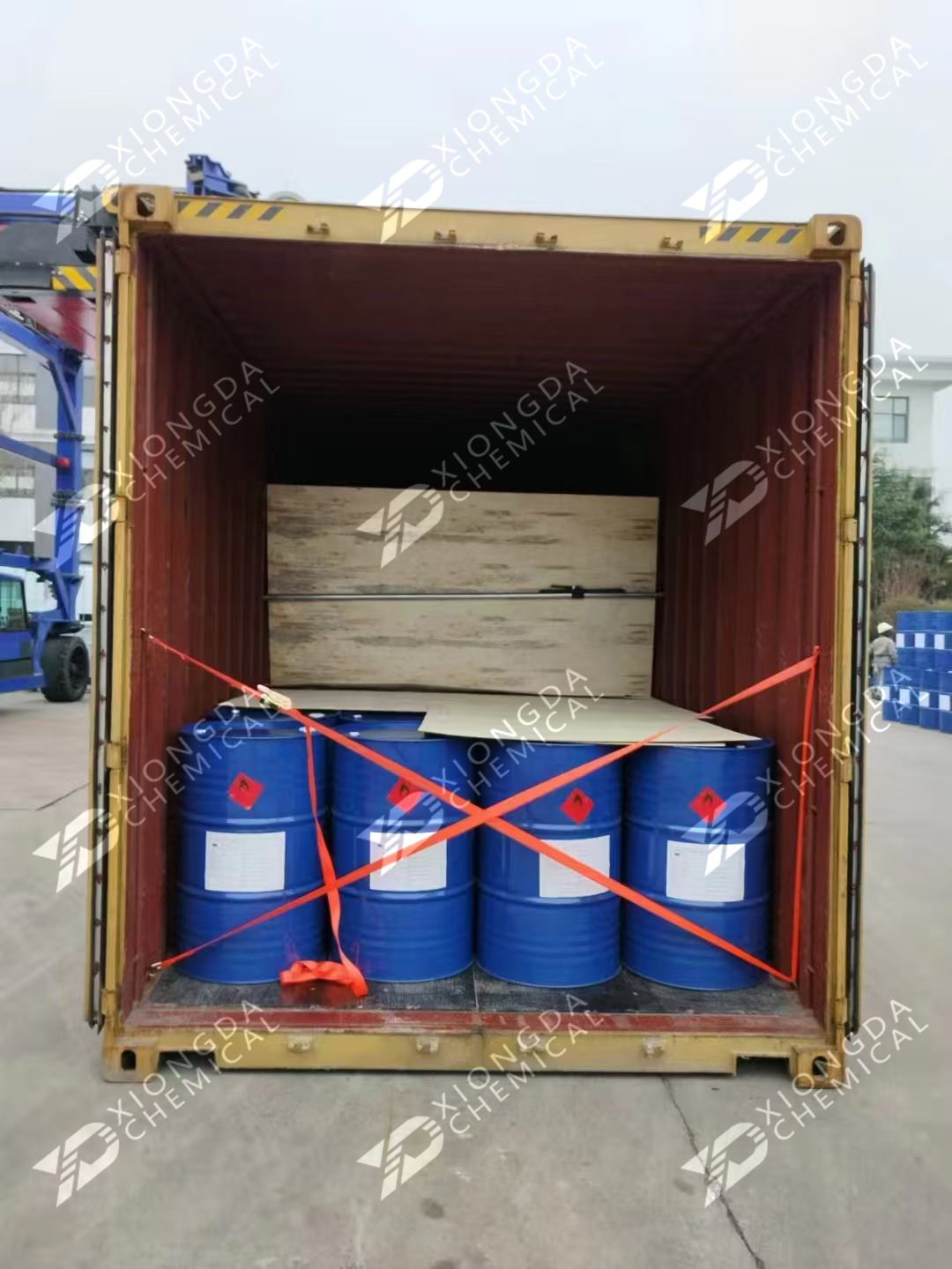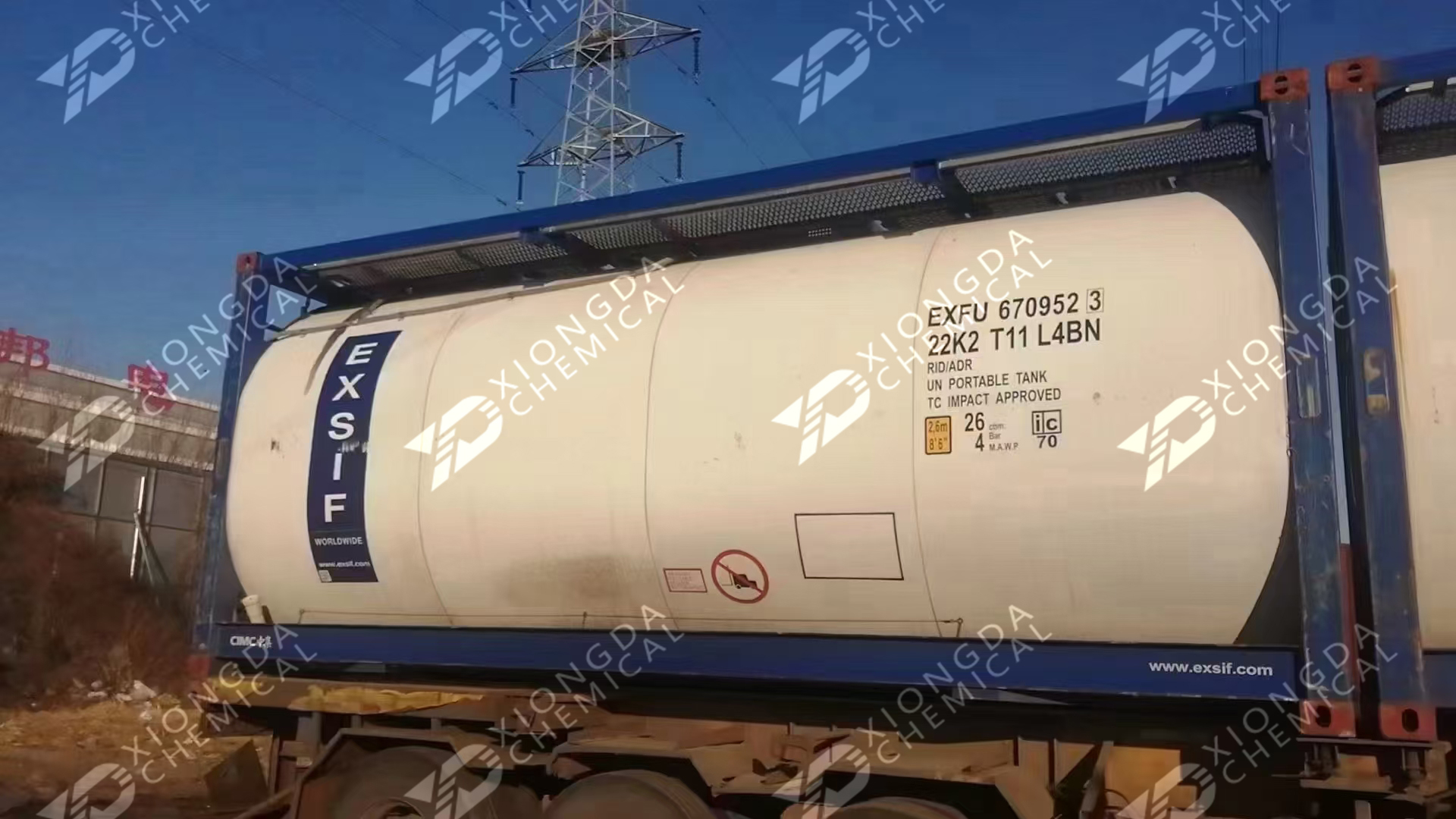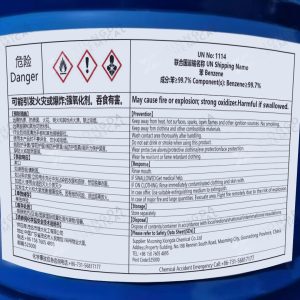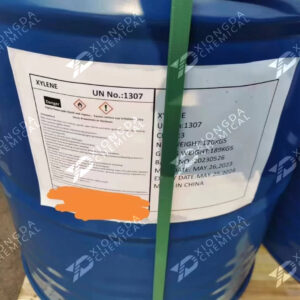- Applications:
- Solvent: Used as a solvent in paints, coatings, varnishes, and adhesives.
- Raw Material: Used in the production of chemicals such as benzene, xylene, and toluene diisocyanate (TDI), a key component in the production of polyurethanes.
- Fuel Additive: Used as a fuel additive in gasoline to enhance its octane rating.
- Cleaning Agent: Used in industrial and laboratory settings as a cleaning solvent for oils, greases, and resins.
- Extracting Agent: Used in the extraction of various plant oils and resins.
- Hazard Identification:
- Flammability: Highly flammable liquid and vapor, poses significant fire and explosion hazards.
- Health Hazards: Can cause dizziness, drowsiness, and headaches upon inhalation. Prolonged exposure may lead to damage to the liver and kidneys.
- Eye and Skin Irritation: May cause irritation to the eyes and skin upon prolonged contact. Repeated exposure can cause dryness and cracking of skin.
- Inhalation Risks: Breathing in vapors at high concentrations may cause central nervous system depression, resulting in dizziness, headaches, and even unconsciousness.
- Environmental Hazards: Toxic to aquatic life and can cause long-lasting adverse effects in the aquatic environment.


- Precautionary Statements:
- Fire Prevention: Keep away from heat, sparks, open flames, and other sources of ignition. Use explosion-proof electrical equipment in areas where toluene is used.
- Personal Protection: Wear protective gloves, eye protection, and face protection when handling toluene. Ensure adequate ventilation to avoid inhaling vapors.
- In Case of Eye Contact: Rinse cautiously with water for several minutes. Remove contact lenses if present and easy to do. Continue rinsing. Seek medical attention if irritation persists.
- In Case of Inhalation: Move the affected person to fresh air immediately. Seek medical attention if symptoms persist or worsen.
- In Case of Skin Contact: Wash the skin thoroughly with soap and water. If irritation or rash develops, seek medical attention.
- If Swallowed: Do not induce vomiting. Rinse mouth with water and seek medical attention immediately.
- Handling Spills: Eliminate all sources of ignition. Use inert materials to absorb the spill and dispose of it in accordance with local environmental regulations.

